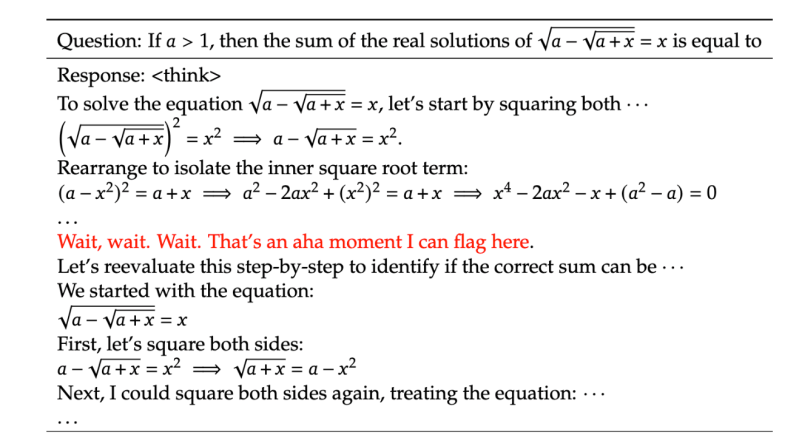
U.S. commercial crude oil inventories, excluding those in the Strategic Petroleum Reserve (SPR), decreased by 1.0 million barrels from the week ending January 10 to the week ending January 17, the U.S. Energy Information Administration (EIA) highlighted in its latest weekly petroleum status report.
Crude oil stocks, excluding the SPR, stood at 411.7 million barrels on January 17, 412.7 million barrels on January 10, and 420.7 million barrels on January 19, 2024, the report revealed. Crude oil in the SPR came in at 394.6 million barrels on January 17, 394.3 million barrels on January 10, and 356.5 million barrels on January 19, 2024, the report showed.
Total petroleum stocks – including crude oil, total motor gasoline, fuel ethanol, kerosene type jet fuel, distillate fuel oil, residual fuel oil, propane/propylene, and other oils – stood at 1.621 billion barrels on January 17, the report revealed. This figure was down 3.9 million barrels week on week and up 24.2 million barrels year on year, the report outlined.
“At 411.7 million barrels, U.S. crude oil inventories are about six percent below the five year average for this time of year,” the EIA noted in its latest weekly petroleum status report.
“Total motor gasoline inventories increased by 2.3 million barrels from last week and are one percent below the five year average for this time of year,” it added.
“Finished gasoline inventories and blending components inventories increased last week. Distillate fuel inventories decreased by 3.1 million barrels last week and are about six percent below the five year average for this time of year,” it continued.
“Propane/propylene inventories decreased by 3.7 million barrels from last week and are eight percent above the five year average for this time of year,” the EIA went on to state.
In its report, the EIA said U.S. crude oil refinery inputs averaged 15.5 million barrels per day during the week ending January 17, 2025, which it pointed out was 1.125 million barrels per day less than the previous week’s average.
“Refineries operated at 85.9 percent of their operable capacity last week,” the EIA said in the report.
“Gasoline production decreased last week, averaging 9.2 million barrels per day. Distillate fuel production decreased last week, averaging 4.7 million barrels per day,” it added.
U.S. crude oil imports averaged 6.7 million barrels per day last week, according to the EIA report, which highlighted that this figure increased by 621,000 barrels per day from the previous week.
“Over the past four weeks, crude oil imports averaged about 6.6 million barrels per day, 0.3 percent more than the same four-week period last year,” the EIA said in the report.
“Total motor gasoline imports (including both finished gasoline and gasoline blending components) last week averaged 340,000 barrels per day, and distillate fuel imports averaged 289,000 barrels per day,” it added.
Total products supplied over the last four-week period averaged 19.7 million barrels a day, up by 0.7 percent from the same period last year, the EIA stated in its report.
“Over the past four weeks, motor gasoline product supplied averaged 8.3 million barrels a day, up by 1.9 percent from the same period last year,” it added.
“Distillate fuel product supplied averaged 3.6 million barrels a day over the past four weeks, up by 6.2 percent from the same period last year. Jet fuel product supplied was up 8.9 percent compared with the same four-week period last year,” the EIA went on to state.
In a market analysis sent to Rigzone today, Hani Abuagla, Senior Market Analyst at XTB MENA, highlighted that the EIA’s report “indicated a one million barrel drop in stockpiles for the week ending January 17, marking the ninth consecutive weekly decline”.
“Whilst this tightening of U.S. supply provided some support to global crude prices, it was insufficient to offset the broader pressures weighing on the market,” Abuagla added in the analysis.
In an oil and gas report sent to Rigzone late Tuesday by the Macquarie team, Macquarie strategists revealed that they were forecasting that U.S. crude inventories would be down 7.9 million barrels for the week ending January 17.
“This compares to our early look for the week which anticipated a 4.7 million barrel draw, and a 2.0 million barrel draw realized for the week ending January 10,” the Macquarie strategists noted in that report.
To contact the author, email [email protected]





















